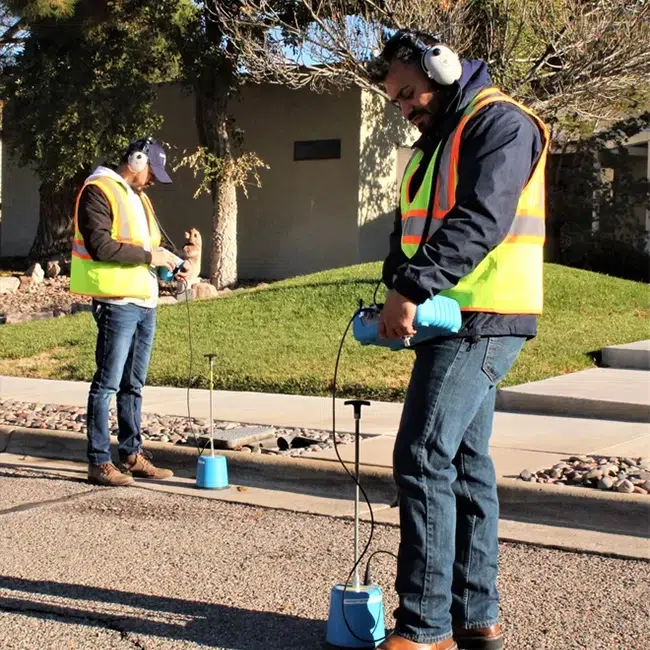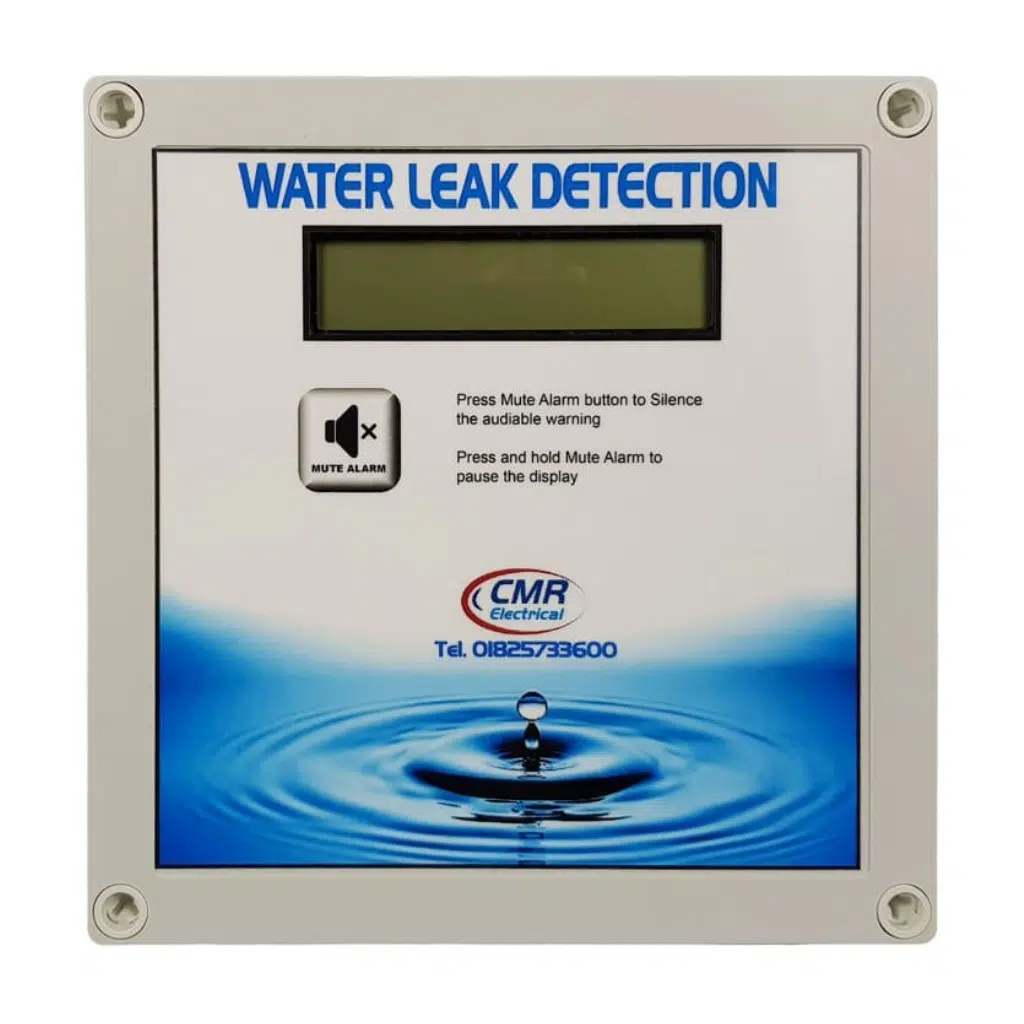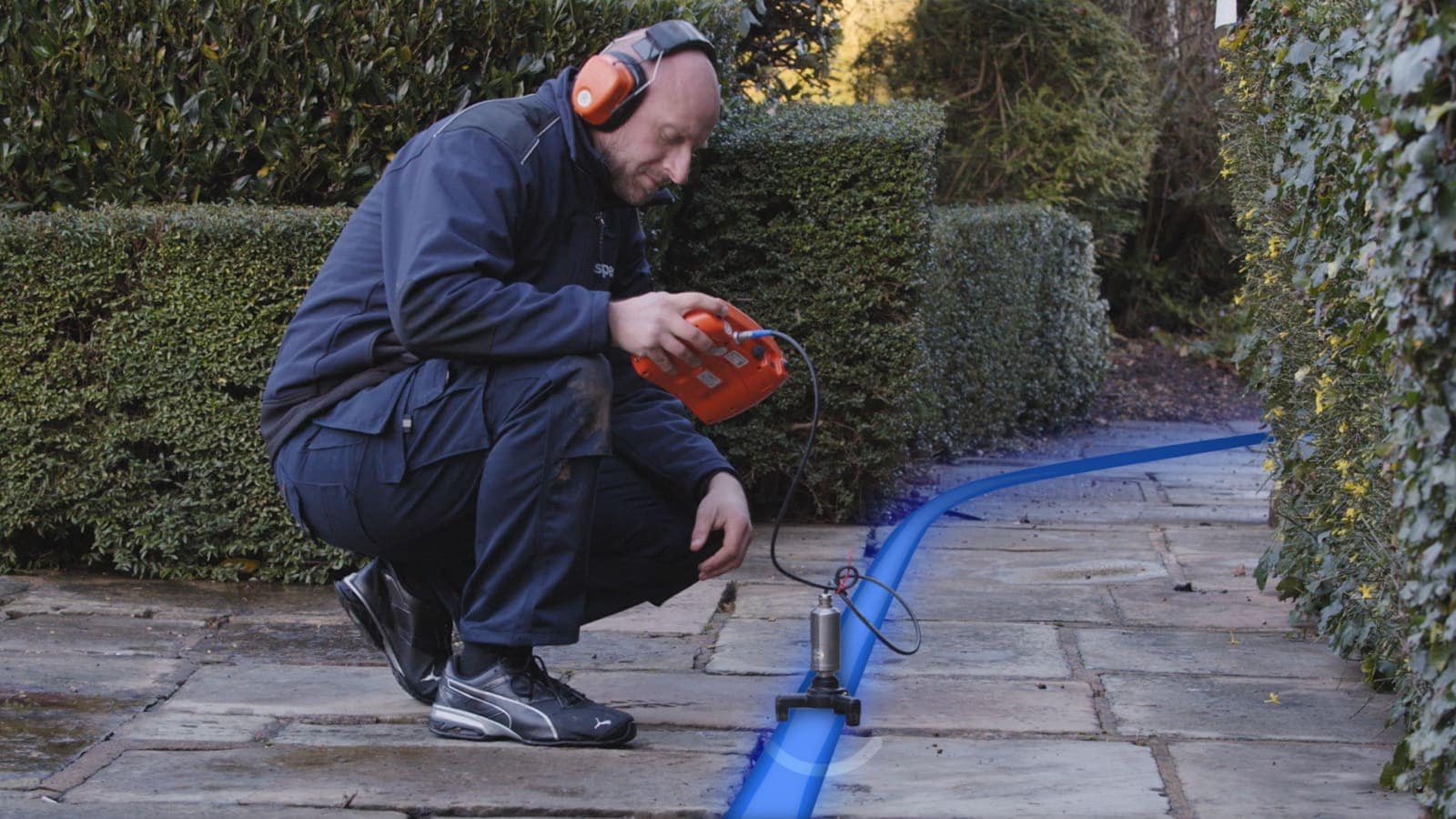Innovative Solutions for Very Early Detection of Water Leakages in Structures and Framework
As the honesty of buildings and framework is vital, the difficulty of early discovery of water leaks has actually spurred cutting-edge options that assure to reinvent the means we guard against prospective problems. From innovative leak discovery modern technologies to the deployment of IoT sensors for real-time surveillance, the landscape of leak prevention is progressing quickly. Artificial intelligence formulas supply a peek right into the future of leak prediction, while thermal imaging provides a non-intrusive approach for pinpointing covert leakages. Automated water circulation evaluation systems are reshaping how leaks are determined and resolved, paving the way for a positive technique to water leakage detection. Each of these options holds the vital to ensuring the dependability and durability of our developed setting, motivating a shift towards a much more sustainable and effective future.
Advanced Leak Detection Technologies
Advanced leak discovery modern technologies, outfitted with sophisticated sensing units and formulas, play a critical function in quickly determining and identifying water leaks in various settings. These technologies use a mix of acoustic, thermal, and electromagnetic noticing methods to detect leakages precisely. Acoustic sensors spot the sound of running away water, permitting for exact localization of the leak resource. Thermal imaging spots temperature adjustments triggered by water leakage, giving one more effective approach for leakage identification. Electromagnetic sensing units can identify adjustments in electro-magnetic fields triggered by water, providing yet an additional layer of leakage detection ability.

IoT Sensors for Real-Time Tracking
In the world of modern-day water leakage discovery, the integration of IoT sensing units for real-time tracking stands for a crucial advancement in enhancing proactive leak detection abilities. These sensing units use continual monitoring of water systems, providing real-time data on water flow rates, pressure variations, and temperature modifications. By leveraging IoT innovation, these sensing units can identify also the tiniest abnormalities in water use patterns, allowing very early recognition of prospective leaks before they escalate into major issues.
IoT sensors transmit information to a central system, where sophisticated formulas examine the details and create informs or alerts when abnormalities are identified. This real-time surveillance capacity enables homeowner or facility managers to promptly address leakages, lessening water damage, reducing fixing prices, and saving water resources.
Additionally, IoT sensors can be incorporated with building management systems, permitting automatic responses to detected leakages, such as shutting down water shutoffs or triggering pumps to reduce the influence of leaks. Overall, the execution of IoT sensors for real-time surveillance substantially enhances the efficiency and effectiveness of water leakage detection in structures and facilities.
Equipment Discovering Algorithms for Leak Prediction

One key benefit of utilizing artificial intelligence for leakage forecast is its ability to constantly learn and boost its accuracy with time. As more information is gathered and fed into the formula, it can fine-tune its predictions and adjust to changing problems, ultimately boosting the reliability of leakage discovery systems.
In addition, device understanding algorithms can aid in determining refined indications of leakages that may go undetected by typical tracking methods. water leak detection. By examining intricate data collections in real-time, Home Page these formulas can supply very early cautions and alerts, enabling for punctual intervention and preventative maintenance to reduce possible water damage and connected prices
Utilizing Thermal Imaging for Leak Discovery
Thermal imaging technology uses an encouraging approach for identifying water leaks in various systems and infrastructures. By using infrared radiation and temperature level variances, thermal imaging electronic cameras can recognize surprise leaks that are not quickly visible to the naked eye. When water leaves from pipes or frameworks, it often alters the temperature level of the bordering area, creating temperature level differentials that thermal cameras can catch. These temperature level abnormalities are then translated right into noticeable images, highlighting the specific location of the leakage.
One of the essential advantages of thermal imaging for leakage discovery is its non-intrusive nature. Unlike typical approaches that might need burglarizing walls or floors to locate leakages, thermal imaging enables browse around here non-destructive screening. This not only saves time and reduces costs however also minimizes disturbance to the structure or facilities being evaluated. Additionally, thermal imaging can quickly check big locations, supplying a detailed summary of potential leakage sources in a timely fashion. Generally, the use of thermal imaging modern technology improves the efficiency and precision of water leak discovery, making it a beneficial tool for maintaining the stability of buildings and frameworks.
Automated Water Circulation Analysis Systems
Exactly how can automated water circulation analysis systems reinvent the discovery and administration of leakages in various systems and infrastructures? Automated water circulation analysis systems supply a proactive strategy to leak discovery by continuously monitoring water flow prices and patterns. By establishing standard information, these systems can rapidly recognize deviations that may show a leakage, enabling timely treatment to stop considerable damage.
These systems use innovative formulas to evaluate real-time data and supply prompt notifies when anomalies are detected, enabling for quick activity to be taken. In addition, automated water flow evaluation systems can be incorporated with building monitoring systems or IoT platforms, improving general performance and making it possible for remote monitoring capabilities.
In addition, the information accumulated by these systems can be utilized for predictive maintenance purposes, helping to recognize possible powerlessness in the facilities before leaks happen. In general, the application of automatic water flow analysis systems can substantially enhance leak detection and monitoring techniques, eventually resulting in cost savings, decreased water wastage, and raised sustainability in structures and facilities.

Verdict
To conclude, the integration of sophisticated leakage discovery innovations, IoT sensing units, artificial intelligence formulas, thermal imaging, and automatic water circulation analysis systems offers innovative solutions for early discovery of water Recommended Reading leakages in structures and facilities. These innovations allow real-time monitoring, prediction of leaks, and efficient detection approaches to protect against water damages and waste. Executing these services can help in keeping the honesty and sustainability of water systems in different settings.